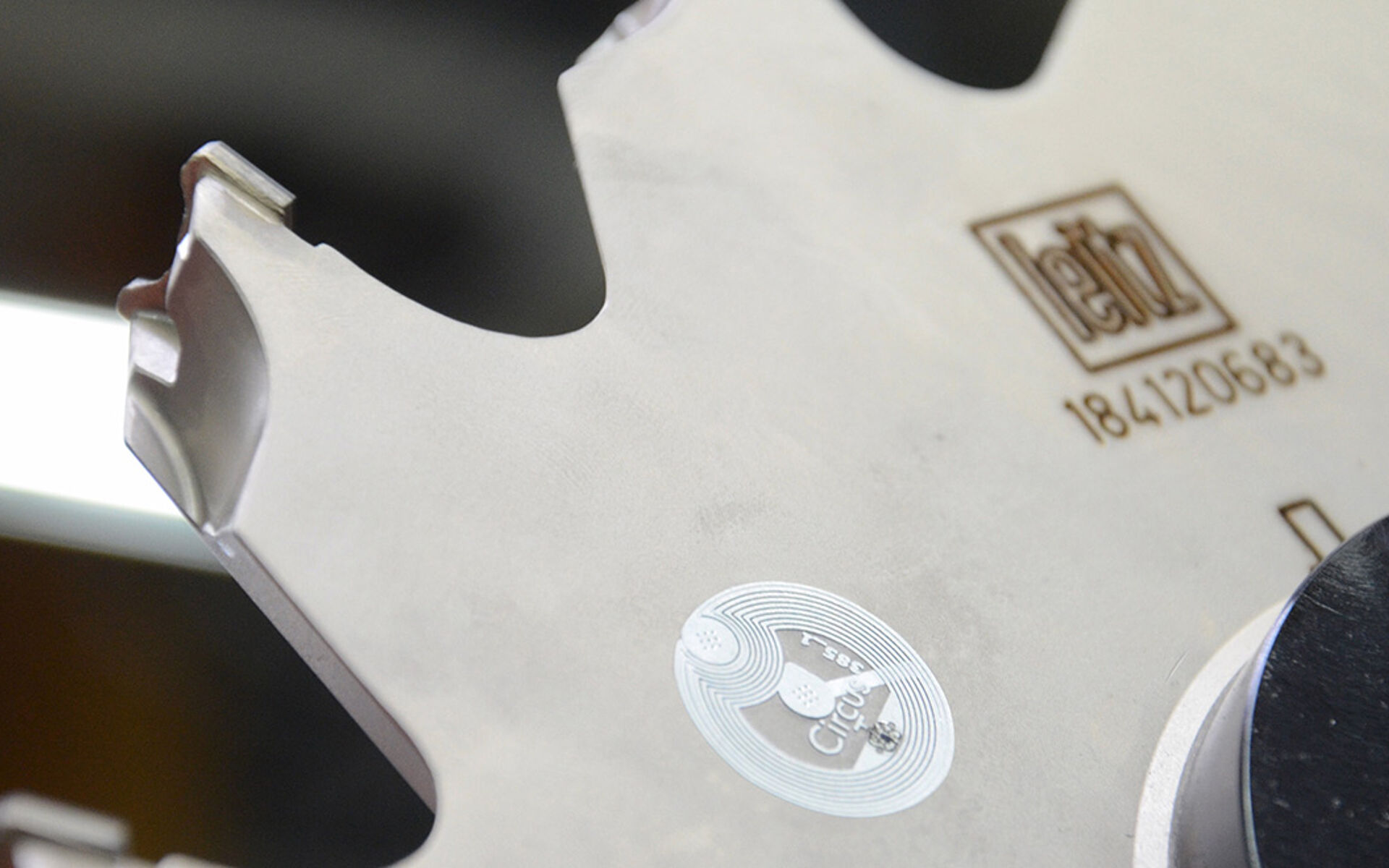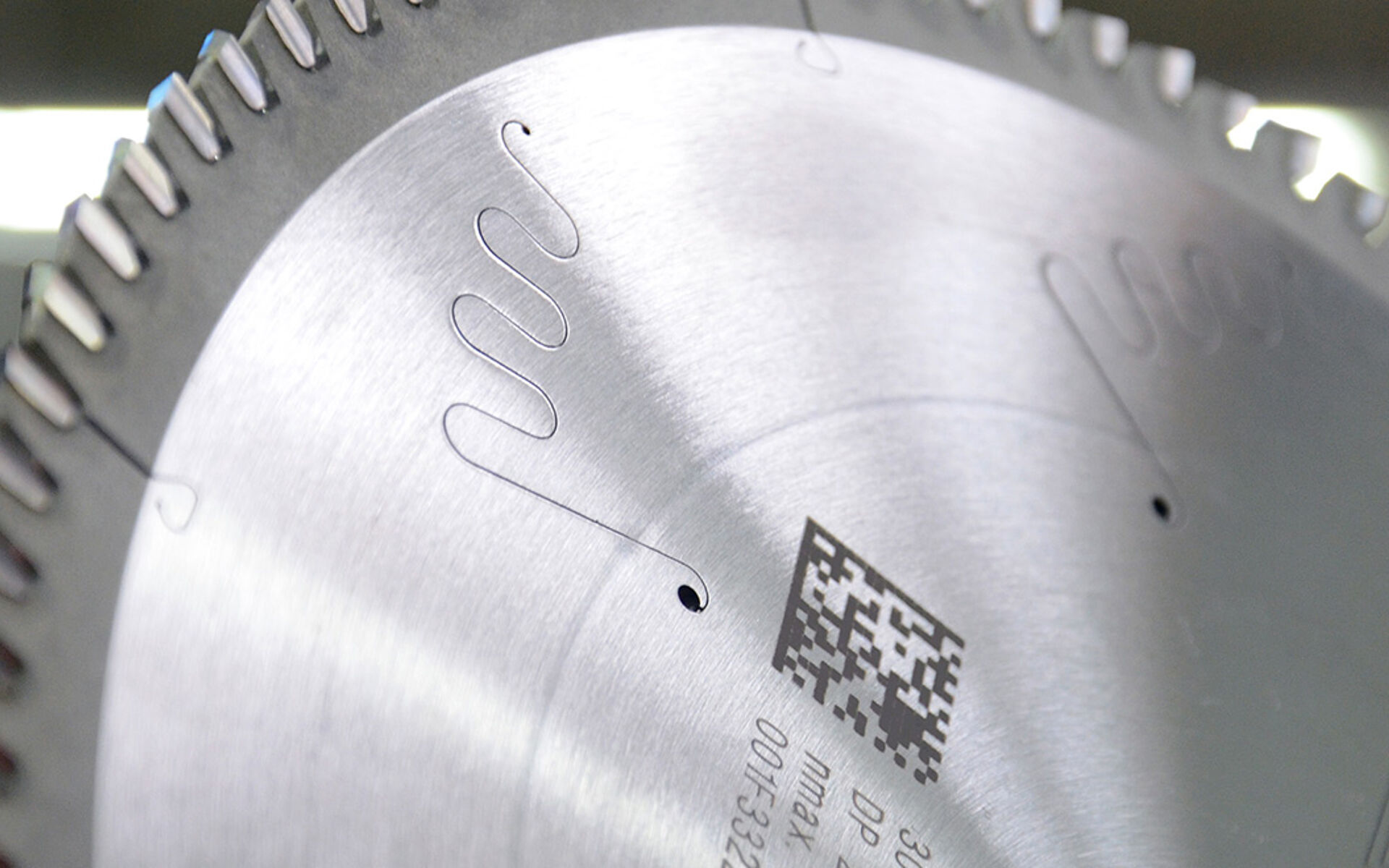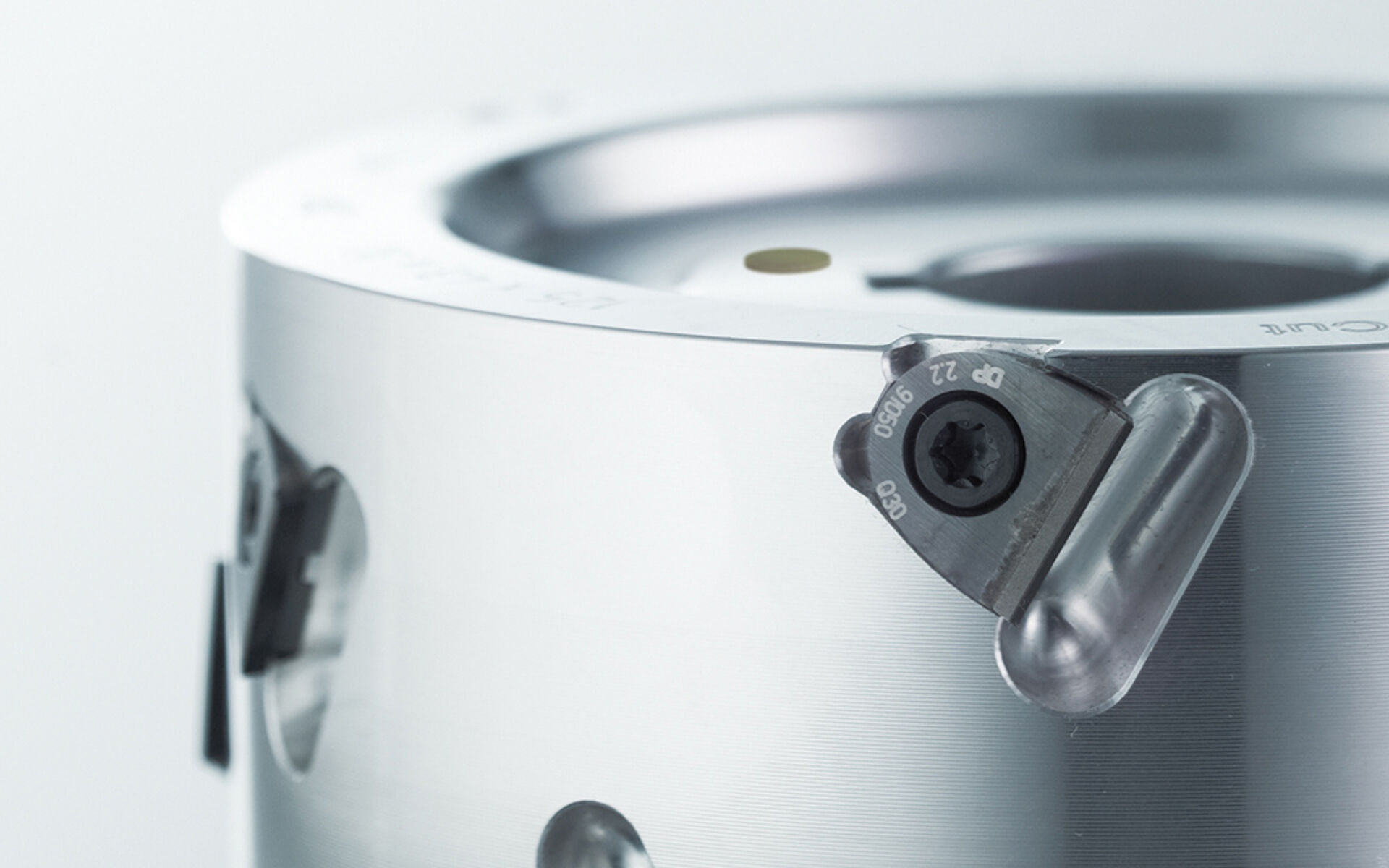Industry 4.0 – Intelligent tools help to optimize production and improve the total value-chain around the tool.
The new era of manufacturing, Industry 4.0 and The Smart Factory, presents new opportunities for production processes in manufacturing and for the tools used. In the future, tools will not only be responsible for the processing quality of the workpiece, but will become a central information medium to control complex manufacturing processes and processing efficiency.
To fulfill this important role, it is necessary that the tool is able to identify itself with regard to its dimensional and operational characteristics. This on-board data includes basic elements regarding operational safety, and parameters for optimal processing efficiency.
The increasing complexity of CNC machines and production lines, along with the expanding variety of materials to be processed, confronts manufacturers with many challenges. Intelligent tools can help by providing important operational parameters for various raw materials. Information such as tool geometry, maximum RPM, direction of rotation, setting dimensions, feed rates in combination with RPM and correction data are programmed into the tool.
Based on the data provided, a machine can set appropriate processing parameters. Feedback about the application allows in a learning system to register lifetime and critical operating conditions and to further optimize future production. Additional benefits from this link include improved operational safety, trouble-free resetting of tools and simulation of machining processes. This also results in quality improvement and increased energy efficiency, as the tools are always used in the rated range leading to stable and efficient production processes on the tool side.
Intelligent tools help to optimize production, as well as provide the basis to improve the total value-chain around the tool.
Tools become a knowledge base and consequently form the central communication unit of a standardized data structure (application data, critical values, history, process cycles, etc.).
This electronic connection allows for:
• assessment of the tool condition (wear)
• determination of the remaining tool life – including forecasts about performance time
• allocation to the machine – including optimal changing cycles
• allocation of maintenance parameters
• tool tracking
In combination with the suitable tool management model, a simplification of the total tool logistics is achieved. This results in an increase of availability, reduction of inventory, increase of process efficiency, development of process know-how and simplified tool programing.
Through increased linking in the production process and along the complete value-chain, tools in the future will play a central role and provide Plug & Play solutions, which optimize manufacturing efficiency on a continuous basis.
The type of tool coding is not playing a mayor role, more important is the clear identification, the collection and the provision of the data.



